Successful NSF broader impacts reporting requires distinct strategic approaches depending on the document type and review context. Annual reports, renewal proposals, and results from prior funding sections serve fundamentally different purposes and require tailored writing strategies to maximize impact with NSF reviewers. Understanding these distinctions is critical for Centers for Chemical Innovation and other NSF-funded programs navigating the post-2025 federal reporting landscape.
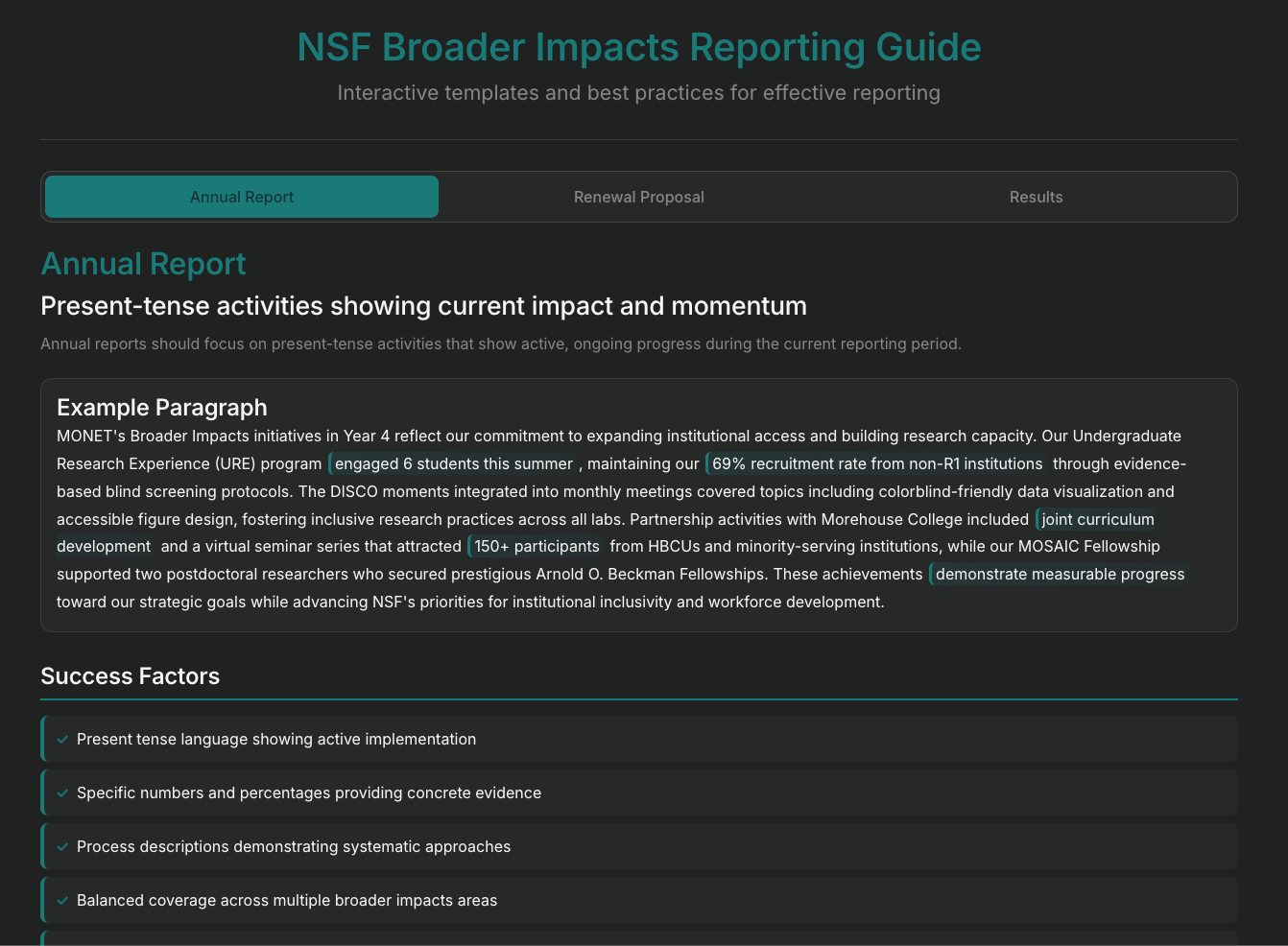
Annual Reports: Demonstrating Current Impact and Momentum
Annual reports should focus on present-tense activities that show active, ongoing progress during the current reporting period. The strategic approach emphasizes recent metrics, systematic processes, and explicit alignment with NSF priorities. This lens demonstrates that the center is actively executing its broader impacts mission with measurable results.
Example Annual Report Paragraph:
"MONET's Broader Impacts initiatives in Year 4 reflect our commitment to expanding institutional access and building research capacity. Our Undergraduate Research Experience (URE) program engaged 6 students this summer, maintaining our 69% recruitment rate from non-R1 institutions through evidence-based blind screening protocols. The DISCO moments integrated into monthly meetings covered topics including colorblind-friendly data visualization and accessible figure design, fostering inclusive research practices across all labs. Partnership activities with Morehouse College included joint curriculum development and a virtual seminar series that attracted 150+ participants from HBCUs and minority-serving institutions, while our MOSAIC Fellowship supported two postdoctoral researchers who secured prestigious Arnold O. Beckman Fellowships. These achievements demonstrate measurable progress toward our strategic goals while advancing NSF's priorities for institutional inclusivity and workforce development."
Key Success Factors for Annual Reports:
- Present tense language showing active implementation
- Specific numbers and percentages providing concrete evidence
- Process descriptions demonstrating systematic approaches
- Balanced coverage across multiple broader impacts areas
- Direct alignment statements connecting to NSF priorities
Renewal Proposals: Strategic Vision and Future Commitments
Renewal proposals must be entirely future-focused, establishing strategic commitments that reviewers can evaluate for feasibility and impact. This lens emphasizes "will" statements, evidence-based methodologies, and scalable frameworks that demonstrate long-term thinking. The approach builds reviewer confidence through clear accountability measures and continuous assessment plans.
Example Renewal Proposal Paragraph:
"MONET will broaden participation by expanding institutional networks and building scalable pathways for polymer science careers. We will continue evidence-based recruitment through blind screening protocols that connect students from non-R1 institutions and community colleges to collaborative research opportunities across our distributed network. Our strategic approach will integrate professional development through Research Communication and Outreach (RCO) moments that embed universal design principles into scientific practice, while institutional partnerships will create sustainable collaboration frameworks with HBCUs and minority-serving institutions. Cross-center initiatives will leverage conference partnerships at SACNAS and ACS to amplify recruitment reach, and continuous assessment through annual surveys and alumni tracking will ensure program refinement and demonstrate measurable impact. This comprehensive strategy will strengthen the national STEM workforce by removing barriers and enhancing capacity for careers in polymer science, directly supporting NSF's commitment to expanding opportunities for all Americans."
Key Success Factors for Renewal Proposals:
- Future tense throughout establishing forward-looking commitments
- Clear "will" statements creating actionable commitments
- Evidence-based language referencing proven methodologies
- Strategic frameworks showing systematic, scalable thinking
- Current federal language alignment using "all Americans" framework
- Measurable outcomes including assessment and accountability plans
Results from Prior Funding: Concrete Achievements and ROI
Results from prior funding sections must be statistics-dense, past-tense summaries that demonstrate clear return on investment. This lens maximizes impact per word through concrete metrics, career trajectory outcomes, and external validation. The approach proves the value of NSF investment through documented achievements and workforce development success stories.
Example Results from Prior Funding Paragraph:
"MONET's Broader Impacts initiatives expanded access to polymer science research while demonstrating clear workforce development outcomes. The URE program recruited 16 students through blind application processes, with 69% from non-R1 institutions and 75% from universities not previously affiliated with MONET, resulting in diverse career pathways including positions at the National Institute of Allergy and Infectious Diseases, University of Wisconsin–Madison doctoral programs, and Norfolk Naval Shipyard. Two MOSAIC Fellows advanced to leadership roles at Indiana University (faculty) and AbbVie (senior scientist) after securing Arnold O. Beckman Fellowships. Institutional partnerships engaged 150+ participants through Morehouse College seminars and 100+ researchers via PoWER technical workshops, while annual surveys showed 100% of trainees valued MONET's collaborative environment, demonstrating measurable return on NSF investment in inclusive research networks."
Key Success Factors for Results from Prior Funding:
- Past tense focusing exclusively on completed achievements
- Dense statistics maximizing impact per word
- Career trajectory emphasis highlighting workforce development ROI
- Institutional reach showing breadth across institution types
- External validation using prestigious fellowships and positions
- Efficiency and conciseness respecting strict page limits
Strategic Comparison and Implementation
The three reporting lenses serve distinct strategic purposes within NSF's evaluation framework. Annual reports demonstrate steady progress and active implementation, while renewal proposals establish reviewer confidence through a strategic vision. Results from prior funding prove the investment value through concrete achievements. Successfully navigating these different approaches requires understanding both the content expectations and the compliance requirements of the post-2025 federal reporting environment.
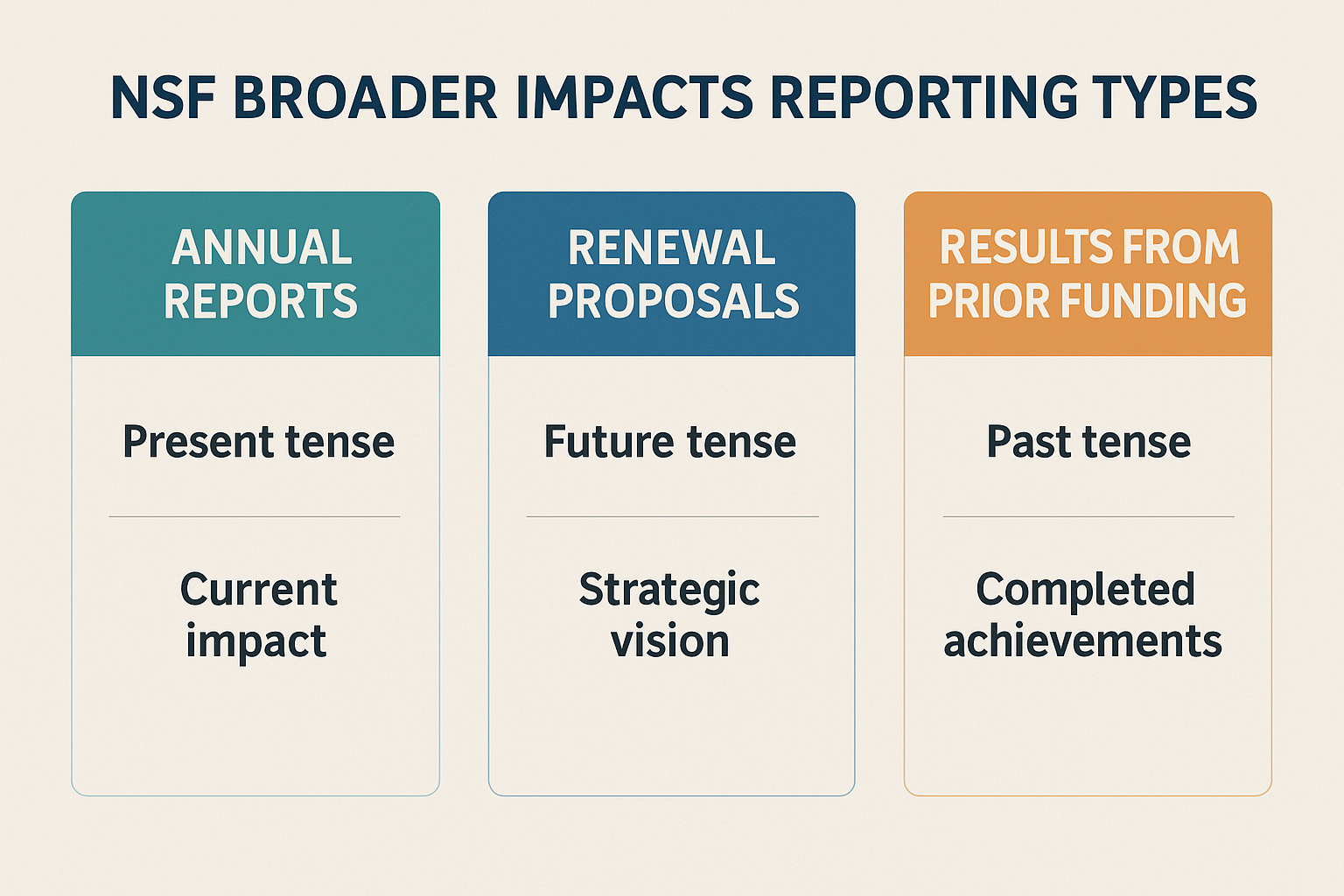
Implementation Recommendations:
- Use present tense for current activities, future tense for commitments, and past tense for completed outcomes
- Tailor metrics to emphasize each section's purpose
- Maintain compliance with federal language requirements across all document types
- Balance comprehensive coverage with concise, impactful presentation
- Ensure alignment with NSF's institutional inclusivity and workforce development priorities
This strategic framework enables NSF-funded centers to optimize their broader impacts reporting for maximum reviewer impact while maintaining full compliance with current federal requirements.
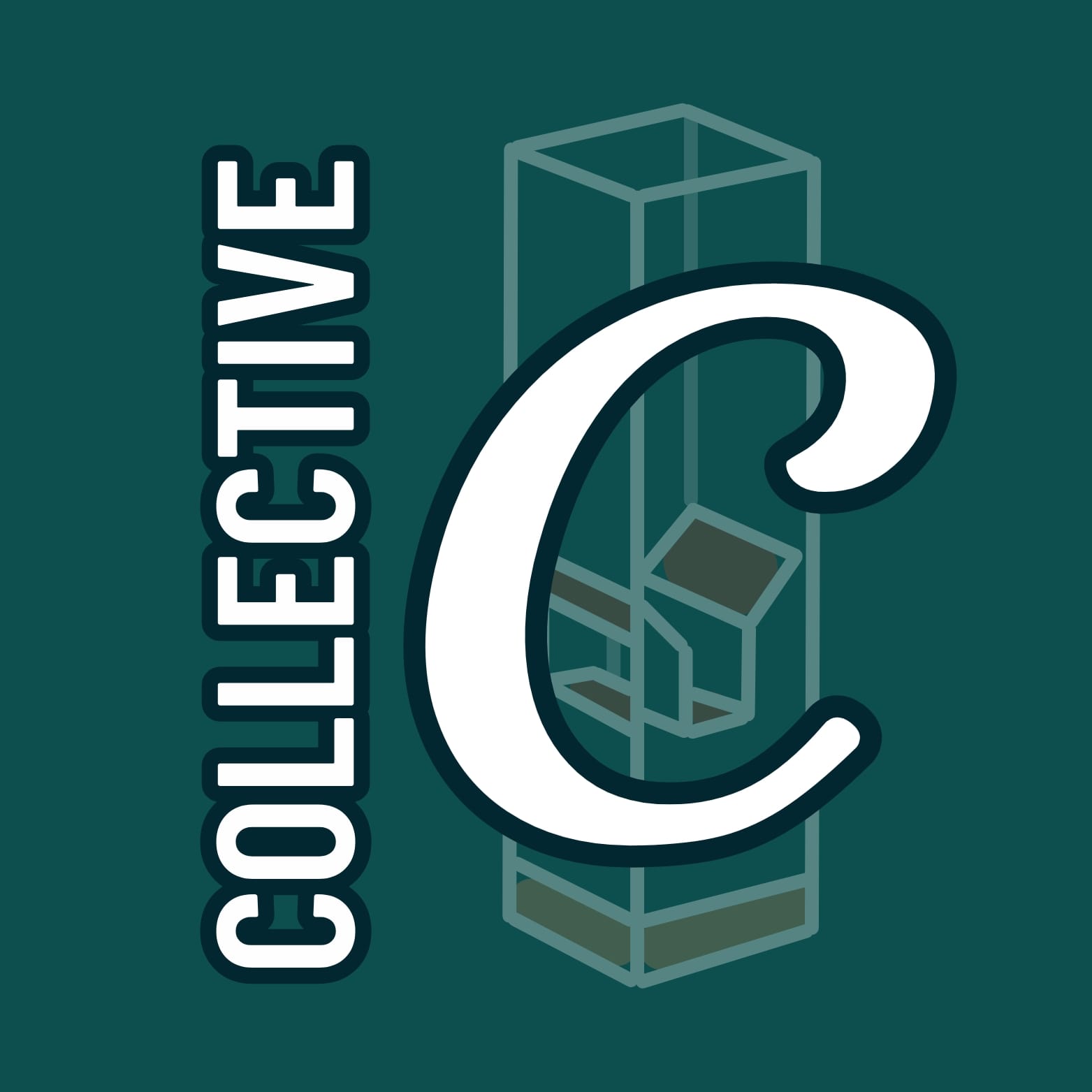
For Impact Measurement Support...
Contact Dr. Vanessa Rosa to request STEM impact, reach measurement, and communication services through our firm, Cuvette Collective.
Learn More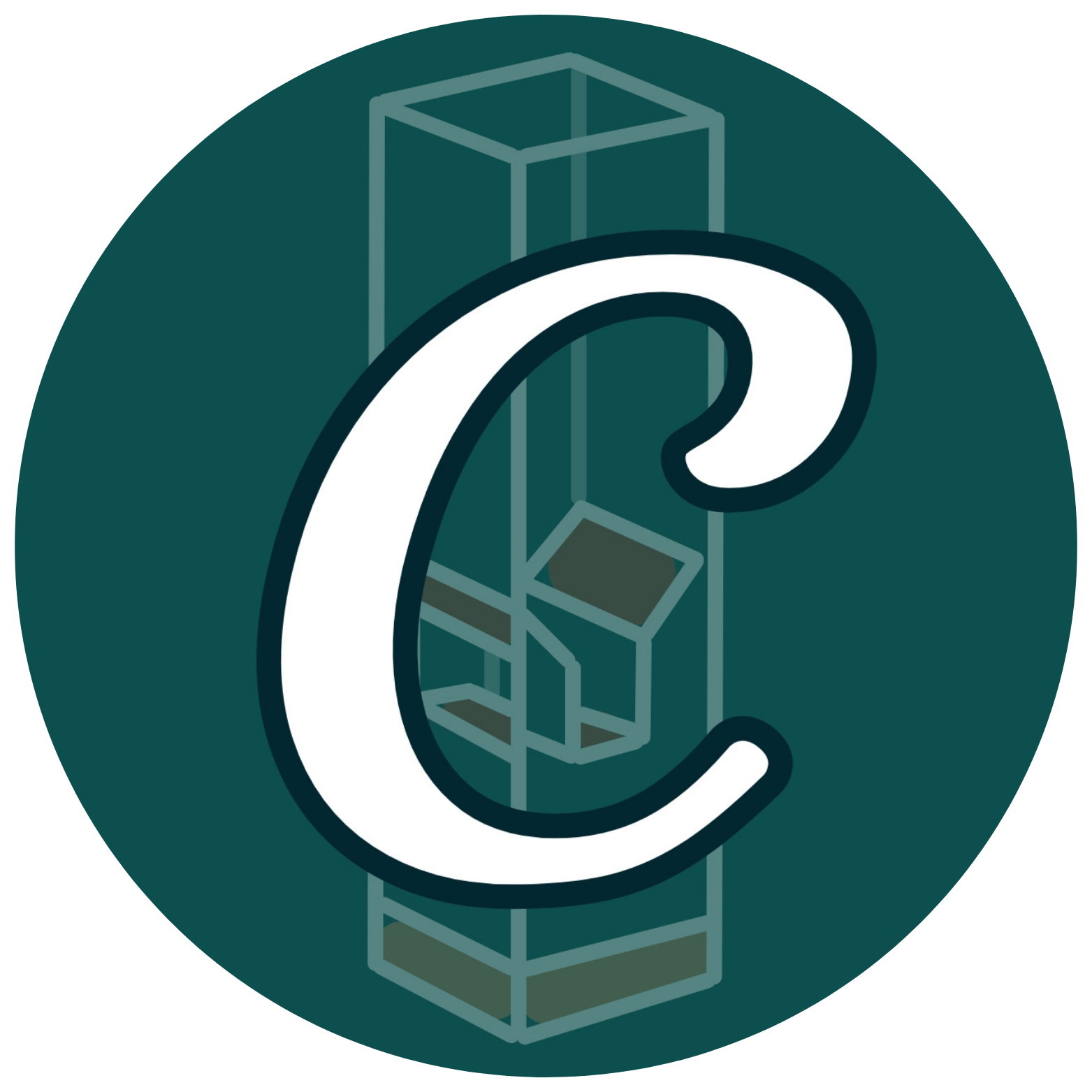

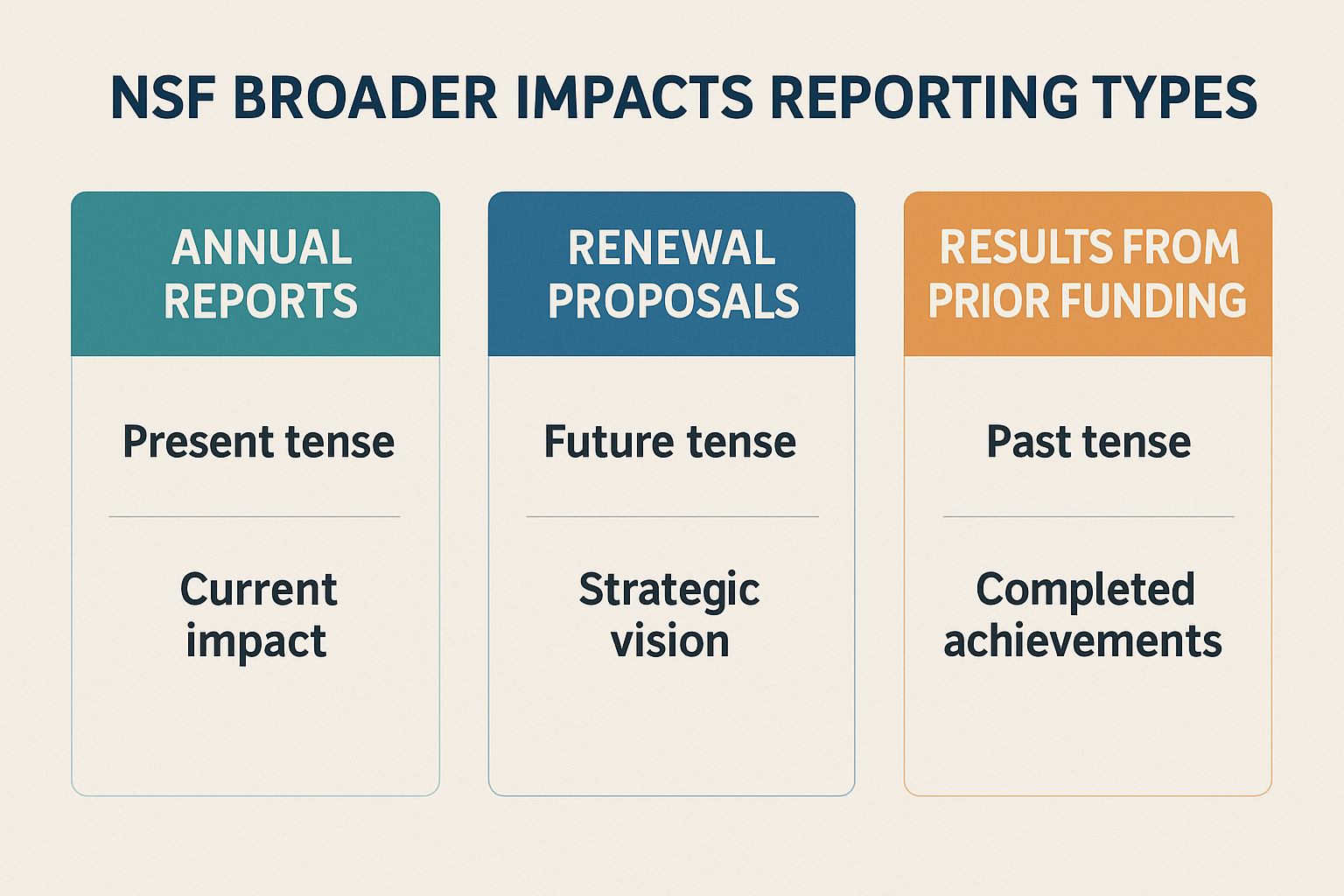
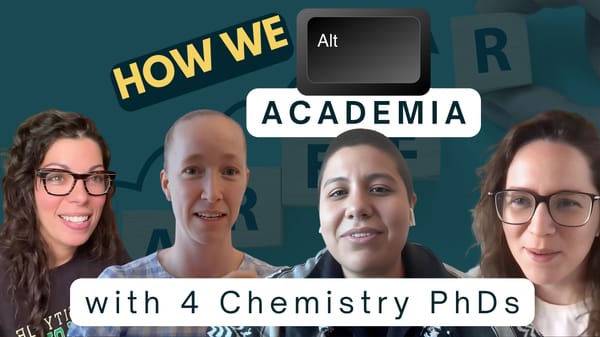

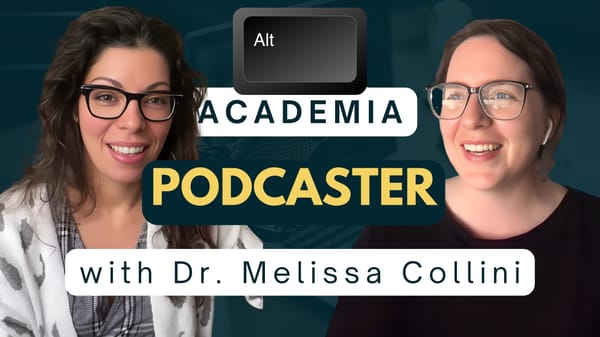
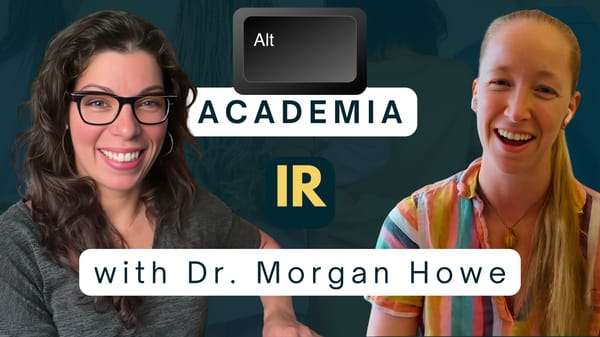
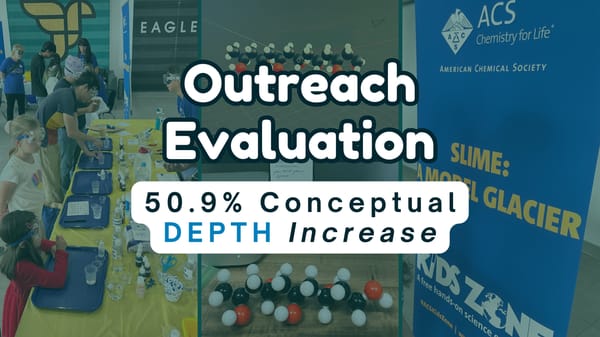
Member discussion